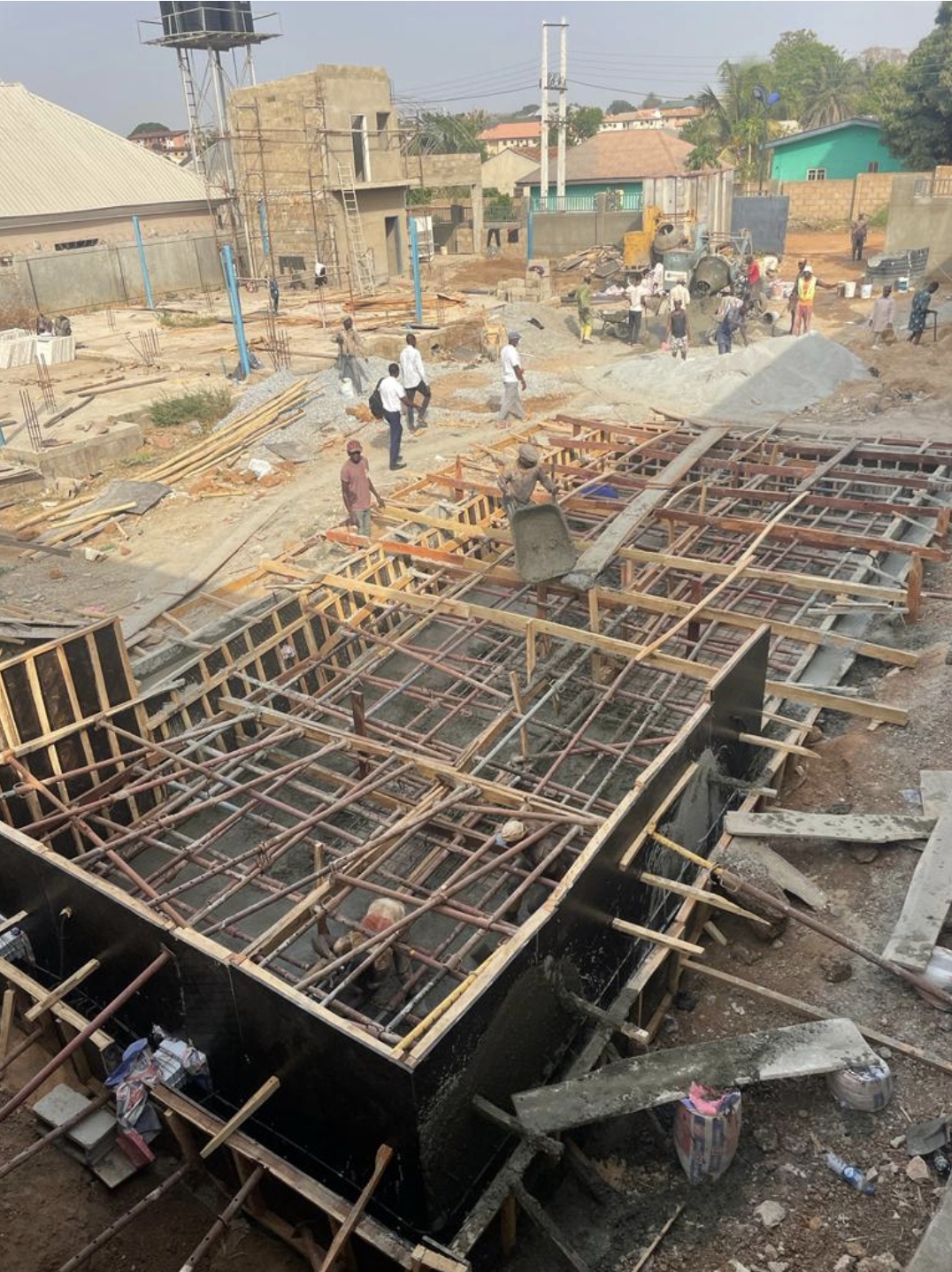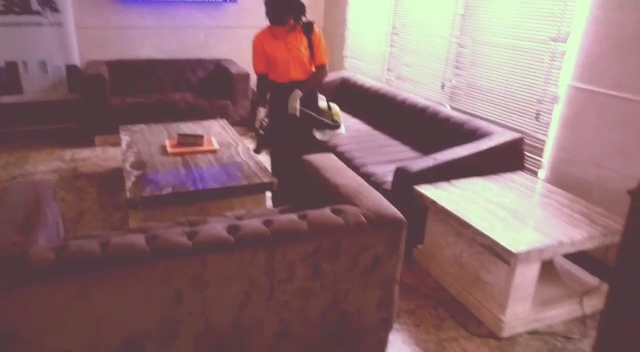Facility and Risk Management Tips presented by www.solidrockfacilitymanagers.com
School Safety
Part One
A multilayered approach to school safety is critical for student well-being.
Designing safer schools is often a collaborative effort—both in terms of planning a building and the use thereof. While code requirements provide protections in the event of emergencies like fires, most school districts enhance campus security voluntarily.
However, the voluntary nature of improving building security makes it more difficult to plan for a school that provides as much protection as possible.
As facility managers and design teams evaluate these guidelines and others like them, it is important to note one security measure alone is often not effective for guarding against all safety threats.
At Solid Rock we recommended that schools utilize multiple layers of protection to provide occupants with the utmost security. These layers can include secured access to the building, the use of surveillance systems, employment of security officers, the creation of safe havens within a building’s interior and much more. That said, as protective layers are added, there is an increasing chance that an area will have multiple forms of protection overlap, most notably along areas of egress and other places where fire-rated materials are required, adding another layer of difficulty to the equation. It is also critical that the intentions of the building—such as creating a welcoming space that contributes to learning outcomes—are not forgotten.
A Multilayered Approach To School Safety
As multiple disciplines (such as criminal justice, architecture, education, and law enforcement) analyze safe school design, more experts agree that focusing on one line of defense is not an effective strategy. Instead, many best-practice guidelines, recommend implementing several layers that deter, detect, or delay and respond to life safety threats. Having multiple layers of protection can create redundancies to guard against user error or mechanical failure as well as work together to increase the effectiveness of the entire security system.
For example, a perimeter fence may be an initial deterrent but have several weak points—both intentionally and unintentionally. In the event an intruder gains access to the school grounds, surveillance systems can alert school administration of an incoming threat. These surveillance systems can include both CCTVs and open sightlines from the inside of a building to the surrounding areas.
If an intruder is noticed, then those within the building can communicate to first responders and secure the building itself. While the integration of these layers certainly provides a level of security, it is not without limitations. Given a large percentage of school violence is committed by current or former students, administration and security personnel may not be aware these layers have been breached. Further, human error can reduce the effectiveness of surveillance and securing building acces
In these situations, it is important to have classrooms that can be locked from the inside and can withstand forced-entry. It is also recommended to design safe havens—which can range from entire rooms that can be made inaccessible to intruders to areas within a room or corridor that are hardened and removed from sightlines into the space.
The reasons for a multilayered approach are myriad. On the one hand, it’s intended to help create failsafes if a layer is breached. On the other hand, it recognizes that delaying an intruder can be as effective as stopping one outright, giving first responders time to arrive and deescalate a violent situation.
Incorporating Multifunctional, Fire-Rated Glass
Multifunctional, fire-rated glazing systems protect occupants against several types of threats to life safety, such as fire, forced-entry, and ballistics. When these assemblies are made from components that are known to be compatible or as full systems that have undergone multiple testing protocols, they can meet code-driven, fire-rated requirements and fulfill multiple tiers of best-practice recommendations for school security.
At their most basic level, multifunctional, fire-rated glass systems protect areas where safety and security concerns overlap. Consider entry vestibules, exit corridors, and stairwells. For such applications, it may be as essential to defend against or slow an intruder attack as it is to provide safe egress in the event of a fire. Despite the need for multiple forms of protection in these areas, protective components only need to satisfy testing standards that pertain to their function—fire-rated materials are rarely tested for ballistic ratings and vice versa. While this is logical for applications that only need one form of protection, it could have unintended consequences for systems meant to protect against several life safety threats. For example, many forced-entry- and ballistic-rated products are plastic-based and can burn intensely, which may reduce the effectiveness of fire-rated components.
In addition to areas that are required to use fire-rated materials, multifunctional, fire-rated glazing assemblies can be specified throughout a building to help ensure occupants do not have to choose whether to shelter-in-place in an area unprotected against fire or to evacuate into a potentially unsafe situation. To be continued……
At Solid Rock, we are behind your business success




